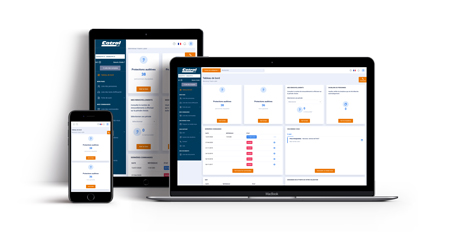Disposable plugs, earmuffs, moulded plugs, etc. many solutions exist to protect the hearing of employees exposed to noise. On the other hand, when it comes to ensuring the comfort of a protective device, not all solutions are equal. When looking for the reasons for such disparity, the answer is often found in the manufacturing methods used. How are Cotral Lab moulded plugs made? Let's study their design, step by step.
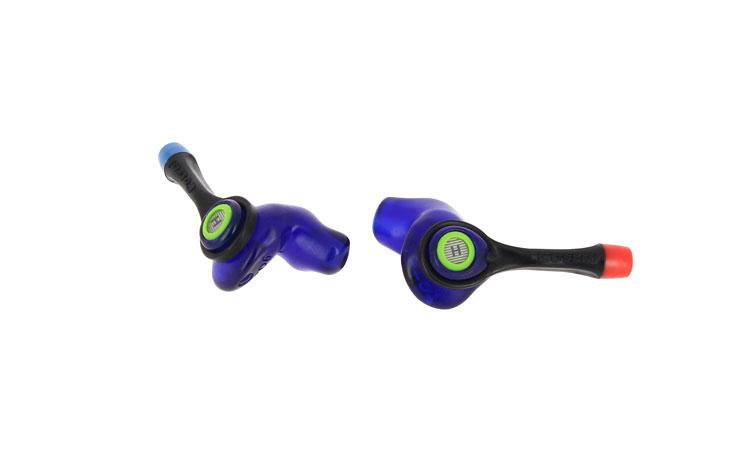
Taking an impression of the ear
Fabrication of the moulded plugs starts with taking an impression. When one of our Cotral Lab. Prevention Technicians visits a company to equip and advise the employees about the risks of noise, he puts in place the following processes in accordance with a strict protocol:
- Discussion with the future wearer concerning his/her current sound environment: the objective is to understand the hearing history of the wearer and to know if there are contra-indications to taking the impression (known deafness, recent operation, allergies, etc.)
- Choosing the most suitable protection using the SAPAN Method: taking into account discussions with the safety manager and the wearer, the Prevention Technician chooses the most appropriate protection model and filter according to the level of noise exposure, the imperatives of perception of the noisy environment, and whether the wearer uses other protective equipment, etc.
- Auscultation of the wearer's: the idea is to check that there is no wax plug or irritation that would make it impossible to take an impression.
- Injection of a foam and the moulding paste: depending on the size of the wearer's ear canal, the Prevention Technician will inject the correct amount of protective foam and then insert the moulding paste.
- Drying: five to ten minutes are needed for the paste to dry. During this step it is important not to speak because any movement of the jaw could alter the shape of the mould.
- Removal and checking of the protection mould: once the paste has hardened, the Prevention Technician removes the impression from the wearer's ear and undertakes a conformity check.
- Sending the moulds to our HQ: at the end of his work day the Prevention Technician sends the moulds to our premises in the heart of Normandy.
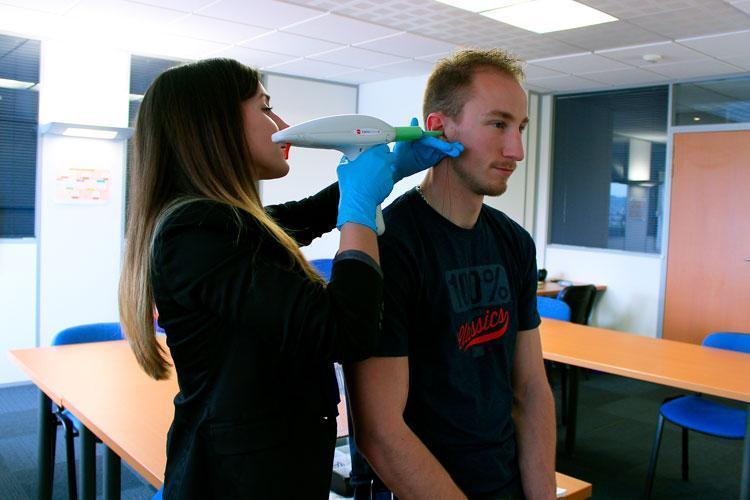
3D modelling
Once the ear impressions are received their quality is checked once again. Then they are scanned in three dimensions so that they can be digitally reworked by a 3D modeller.
Modelling is a precise and essential stage in the process because it is here that the parameters that give the best performance and optimal comfort are applied:
- The digital impressions are cut and adjusted to take the form of the future protection while retaining the portion intended to enter the ear canal.
- The filter insert is positioned.
- A unique ID code is added.
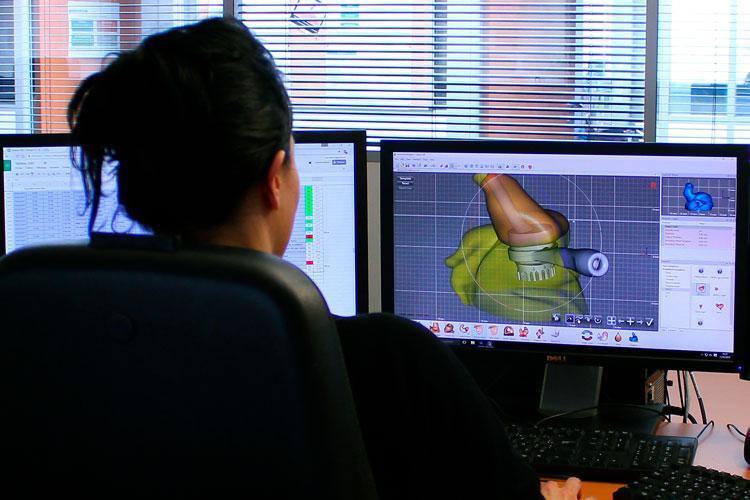
Following modelling, the future protective devices are sent to production to be 3D printed.
Production
25 years experience in the field have provided Cotral Lab to develop the very best in fabrication techniques. Previously, Cotral Lab manufactured its products by hand using silicone, which is still the case for many other products on the market.
Since 2010 Cotral Lab has moved to 3D printing for better precision and to improve the effectiveness of our protective devices.
3D printing is a method of manufacturing a part by adding material by adding successive layers. It brings the following benefits:
- With 3D printing methods of manufacture can be duplicated precisely.
- Because of this duplication, there is no longer any difference at all between one protective device and another, unlike in manual manufacture.
- Most importantly, 3D printing achieves higher efficiency rates than hand-made protective devices.
The method used at Cotral Lab is very similar to that used in dental prosthetics which indicates high precision, superior quality (without material residues) and conformity with hygiene standards.
Cotral Lab never ceases to improve its fabrication processes and can now guarantee 96% effectiveness. For information the measured effectiveness is 31% for foam ear plugs and 75% for silicone.
Since 2010, our moulded ear plugs have been made in the following manner:
The information needed to manufacture the protective device is transmitted from the modelling area. The protective devices are not made individually but by similar groups (model, colour, etc.). The capabilities of 3D manufacturing are such that each plug is manufactured according to its own parameters.
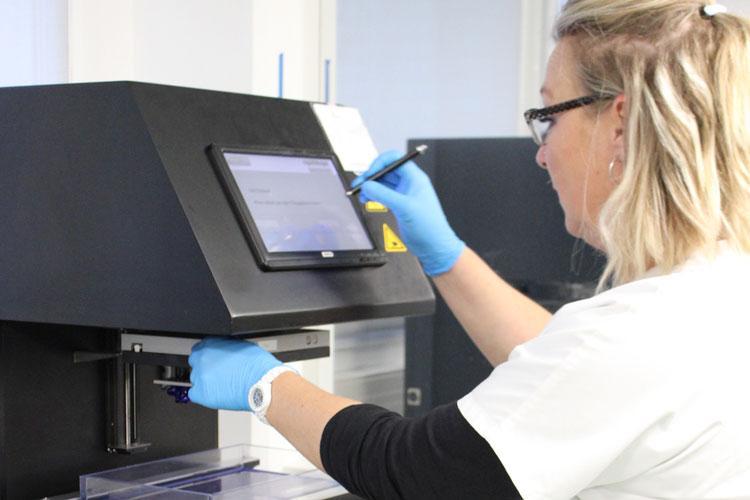
Layer by later, micron by micron, it takes between one and two hours for this first stage in the manufacture to complete:
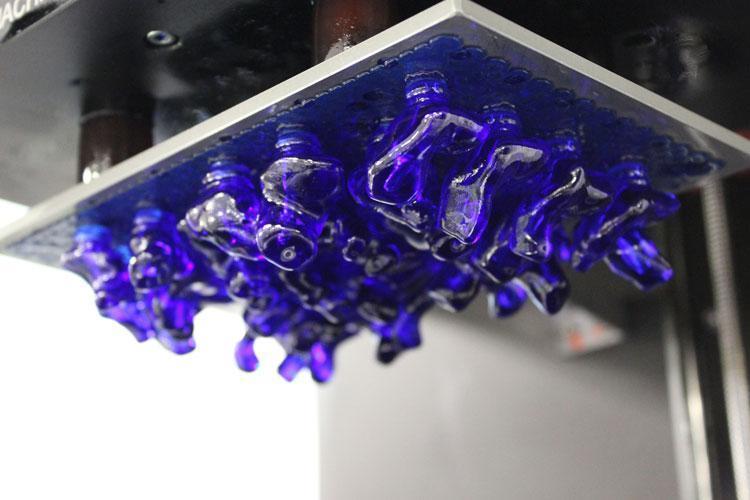
Following this step, the plugs are removed from the mould, inspected, cleaned and dried before moving to the finishing stage. This step is essential because it allows the future protective device to obtain its sheen, its resistance and its bio compatibility. All these steps make it possible to ensure a precision of less than 100 microns (thickness of a human hair).
Once these finishing stages are complete the different accessories are added and, following yet another quality check, the moulded plugs are sent for dispatch.
Logistics
At this point Cotral Lab's experts can rely on the help of a robot which assists in numerous tasks:
- A digital code indicates which filter is to be inserted into the device.
- The plugs are then assembled together, checked yet again and are transferred to an area where they are boxed ready for dispatch.
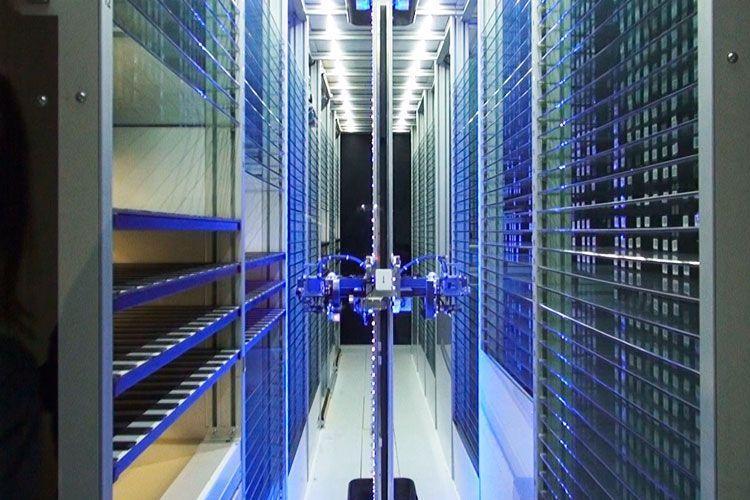
This robot, which is identical to those used in pharmaceutical industries, guarantees the traceability of your custom made protective devices.
Delivery
Over all, 3 weeks of work are necessary to complete the order. Then the packages are shipped to our customers, ready for distribution.
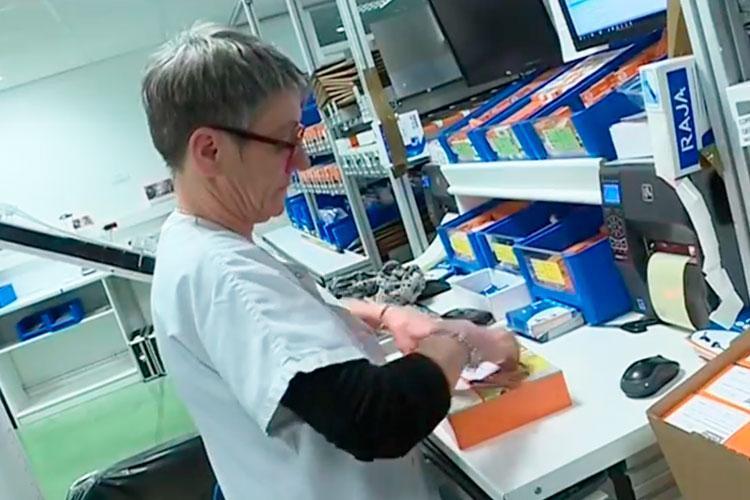
Behind the technology: a team passionate about your hearing safety
New technologies play a major role in the production of Cotral Lab moulded plugs. However, these technological advances would be nothing without the know-how of all those involved in the production of the custom made protective device that you will wear tomorrow.
Compare the different types of protection before making your choice
Custom made hearing protectors are part of the family of IHPDs that include disposable plugs or headphones. Before choosing the best solution for your employees, compare the strengths and weaknesses of each solution by downloading your guide.
